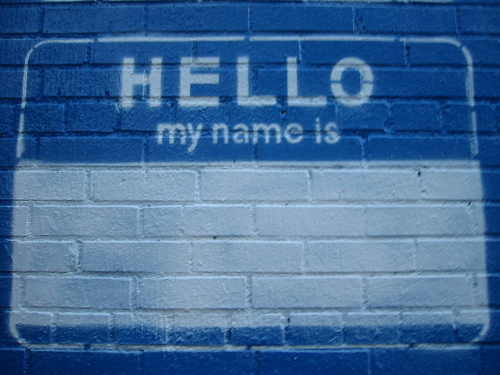Stephen wrote an extremely interesting blog post about the ethics of marketing file-sharing websites here – in particular, the recent launch of Kim Dotcom’s new venture, the Mega cloud-based file-sharing website.
For the most part, I do agree with Stephen. However, this marketing campaign doesn’t seem so much like a marketing campaign for Mega than a public exoneration campaign for Kim Dotcom. I would wager that most of the new sign-ups for this service were previous heavy users of MegaUpload, Dotcom’s former domain, or tech-savvy users who were already aware of the situation and sympathetic to Dotcom’s situation. I would like to see an analysis of Mega’s growth and where it is coming from – what percentage of these users had accounts with MegaUpload? How many of them are heavily involved in the file-sharing community?
Granted, the first time most people heard of Kim Dotcom was because of his arrest in association with MegaUpload, as he was the website’s founder and figurehead. However, this campaign seems like a big ‘you can’t touch this’ to the authorities who arrested him – the focus isn’t on the product here, it’s on the person. I don’t think the owners of these websites did very much marketing of them before Dotcom’s arrest, and I don’t think they’re doing very much of it now – this seems like a relatively isolated ‘incident’, if you will.
Internet piracy isn’t going to go away any time soon – it’s here to stay. I see the parallels between the current file-sharing situation and Kim Dotcom’s situation, but as to the ethics of it? The reason that people don’t see very many ads for file-sharing is the same reason as not seeing very many ads for marijuana – it’s illegal, plain and simple. I don’t know if that’s more of a legal or ethical issue, but I would hesitate to call this a marketing campaign for Mega. To me, it’s a publicity stunt in Kim Dotcom’s favour, and really not much more than that.







